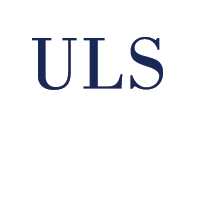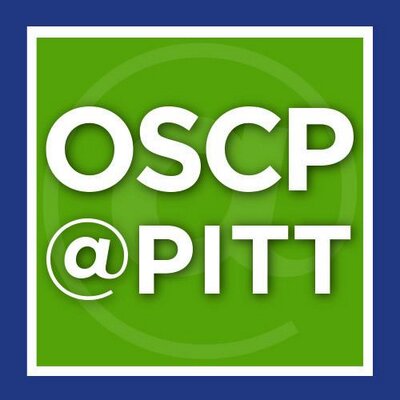Jain, A and Mazariegos, G and Kashyap, R and Green, M and Gronsky, C and Starzl, TE and Fung, J and Reyes, J
(2000)
Comparative long-term evaluation of tacrolimus and cyclosporine in pediatric liver transplantation.
Transplantation, 70 (4).
617 - 625.
ISSN 0041-1337
Abstract
Background. In this report, we compare the long-term outcome of pediatric liver transplantation (LTx) patients maintained with tacrolimus-based and with cyclosporine (CsA)-based immunosuppressive therapy. We examine long-term patient and graft survival, the incidence of rejection, and immunosuppression-related complications. Method. There were 233 consecutive primary LTx in children (ages <18 years) performed between October 1989 and December 1994 with tacrolimus-based immunosuppressive therapy (Group I). These were compared with 120 consecutive primary LTx performed with CsA-based immunosuppressive therapy between January 1988 and October 1989(Group II). Children in both groups were followed until July 1999. Mean follow-up was 91.41±17.7 months (range 55.6-117.8) for Group I, and 128±6.1 months (range 116.7-138.6) for Group II. Results. At 9 years of follow-up, actuarial patient and graft survival were significantly improved (patient survival 85.4% in Group I vs. 63.8% in Group II, P=0.0001; graft survival Group I 78.9% vs. 60.8% Group II, P=0.0003) and the rate of re -transplantation was significantly lower among patients in Group I (12% in Group I vs. 22.5% in Group II P=0.01). Children in Group I also experienced a significantly reduced incidence of acute rejection (0.97 per patient Group I vs. 1.5 per patient Group II P=0.002) and significantly less steroid resistant acute rejection episodes (3.1% in Group I vs. 8.6% in Group II P=0.0001). The mean steroid dose was significantly lower in Group I compared with Group II at all time points (P=0.0001) after LTx. Freedom from steroid was also significantly higher in Group I compared with Group H at all time points after LTx (ranging from 78% to 84% in Group I and 9% to 32% in Group H during a 1- to 7-year posttransplant period P=0.0001). The rate of hypertension was significantly lower in Group I than Group II (P=0.0001), and the severity of hypertension (need for more than one anti-hypertensive medication) was also significantly lower in Group I than Group II (P=0.0001). Although the rate of posttransplant lymphoproliferative disorder (PTLD) was not significantly different (13.7% Group I vs.8.3% Group II, P=0.13), the survival after PTLD was significantly better for Group I at 81.2% than for Group II at 50% after 5 years (P=0.034). Conclusion. The results suggest that tacrolimus-based therapy provides significant long-term benefit to pediatric LTx patients, evidenced by significantly improved patient and graft survival, reduced rate of rejection, and hypertension with lower steroid doses.
Share
| Citation/Export: |
|
| Social Networking: |
|
Details
| Item Type: |
Article
|
| Status: |
Published |
| Creators/Authors: |
| Creators | Email | Pitt Username | ORCID  |
|---|
| Jain, A | | | | | Mazariegos, G | | | | | Kashyap, R | | | | | Green, M | greenm@pitt.edu | GREENM | | | Gronsky, C | | | | | Starzl, TE | tes11@pitt.edu | TES11 | | | Fung, J | | | | | Reyes, J | | | |
|
| Centers: |
Other Centers, Institutes, Offices, or Units > Thomas E. Starzl Transplantation Institute |
| Date: |
27 August 2000 |
| Date Type: |
Publication |
| Journal or Publication Title: |
Transplantation |
| Volume: |
70 |
| Number: |
4 |
| Page Range: |
617 - 625 |
| DOI or Unique Handle: |
10.1097/00007890-200008270-00015 |
| Institution: |
University of Pittsburgh |
| Refereed: |
Yes |
| ISSN: |
0041-1337 |
| Other ID: |
uls-drl:31735062120377, Starzl CV No. 2131 |
| Date Deposited: |
08 Apr 2010 17:36 |
| Last Modified: |
02 Feb 2019 13:57 |
| URI: |
http://d-scholarship.pitt.edu/id/eprint/5517 |
Metrics
Monthly Views for the past 3 years
Plum Analytics
Altmetric.com
Actions (login required)
 |
View Item |








